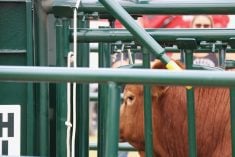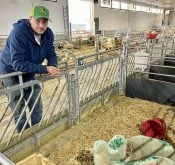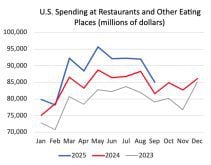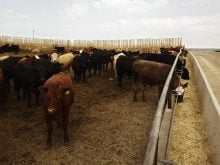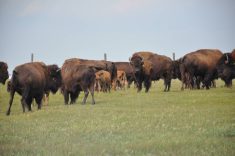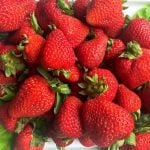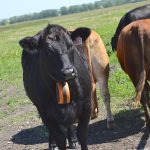While it’s too early for definitive data, an Agriculture Canada research project is demonstrating that calving in June has one advantage over March.
“So far, with preliminary results, we’ve noticed that June calving is cheaper,” said Lynne Girardin, a masters student in animal and poultry science at the University of Saskatchewan. “It’s cheaper to raise a calf from birth to weaning … (because) with the June calving system we’ve been able to implement a grazing system for 365 days per year.”
The preliminary results are from a comprehensive project involving nearly 300 animals at three locations: the Agriculture Canada research centres in Brandon and Swift Current, Sask., and the Western Beef Development Centre in Lanigan, Sask.
Read Also
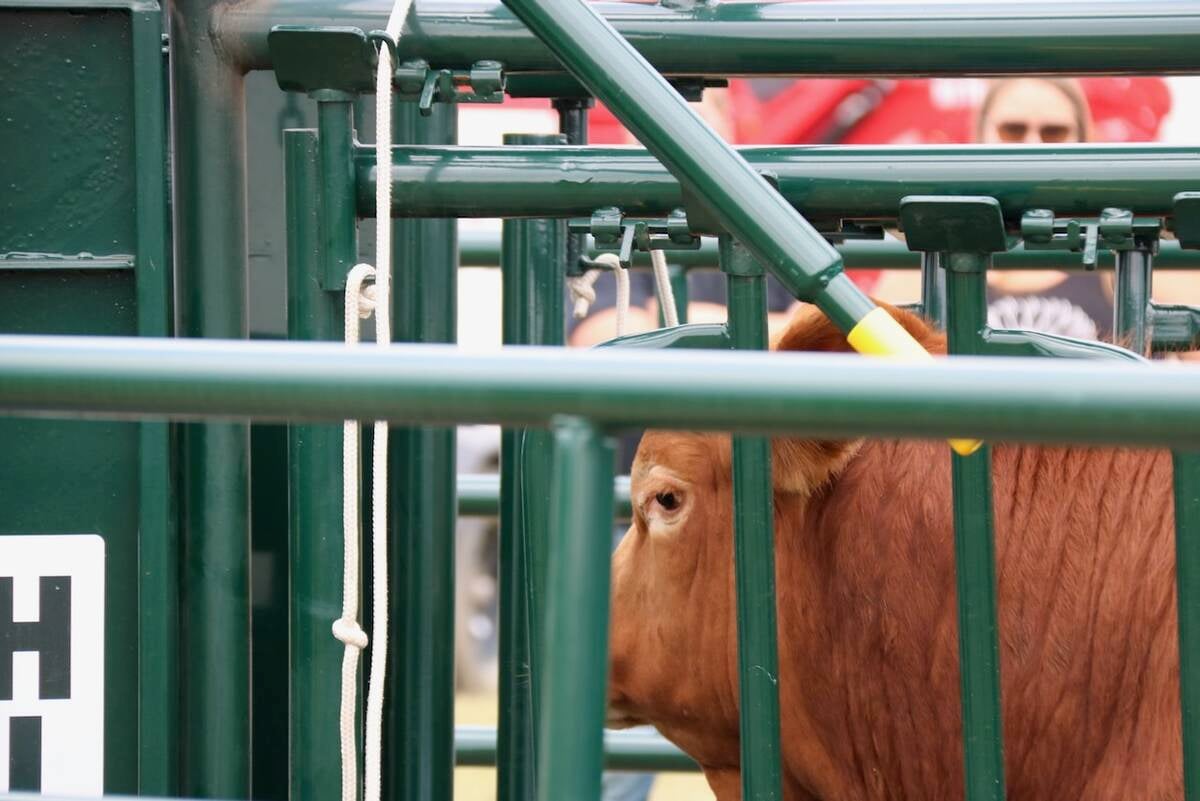
Good handling equipment a must on cattle operations
It’s important for the safety of producers and everyone else dealing with their stock that handling equipment is functional and safe.
When the data is finalized from the three-year project, which began in 2007, the outcome will provide a comprehensive economic comparison of June versus March calving.
“Our goal isn’t to recommend one system over the other,” said Shannon Scott, a beef nutrition management specialist at the Brandon Research Centre.
“The goal is really for a producer who is thinking of making the switch… and say, ‘here are the things you need to take into consideration.’ “
The practical aspect of the research attracted Girardin to the project.
“My primary area of interest is the beef industry. So when I decided to do a masters, (this is) the type of project I was looking for,” said Girardin, who grew up on a grain farm near Meyronne, Sask., 100 kilometres southwest of Moose Jaw. “I was always interested in the animal side of things.”
Right now, according to Girardin, about 10 to 15 percent of prairie producers calve in June. But, like all farmers, the early calvers are seeking ways to improve their operation and cut input costs.
Scott noted that switching to late calving does allow producers to take advantage of better weather and better forage.
“In the June calving period you have the maximum forage production and nutrient quality. And that matches up with the cow’s nutrient requirements. So, it’s working a bit more with Mother Nature,” said Scott.
In an effort to measure every aspect of calving, the researchers are tracking as many details as possible, including how often a tractor is started up, how many hours the machine is operated and the hours required to feed or bed the calves.
“The March calving cows are close to the farm, so that implies a bit more labour” than when calves are out on pasture in June. “You don’t have be there the second that calf is born, because it’s not cold outside.”
The experiment is more complex than a cost comparison of birth to weaning. Steer calves from the two herds, March and June, are brought to Brandon and further separated into two feeding regimens.
“We have one (feeding) program with a short backgrounding and then they go into the feedlot on a high grain diet, where they are finished pretty quickly,” said Scott.
The other group is fed forage for six months, goes out to summer pasture and then is sent to the feedlot for a 60 to 90 day finishing period.
The animals then go to the butcher, where every aspect of meat quantity and quality is measured and recorded.
“The carcass weight, the grade, the marbling score, the fat colour,” said Scott.
“And then we collect ribeye steaks and those are going to the Lacombe research centre for taste panel tests …. And we’re also doing an analysis of the fatty acid profile of the beef., to see if there is any differences, for example, in omega 3 fatty acids and omega 6 fatty acids.”
In other words, Scott said, the scope of the project is as wide as possible.
“We’re going to be able to track both the expenses and revenues from the two different systems.”



